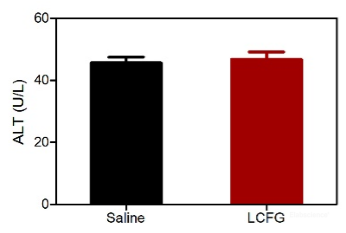Background
Platelet Glycoprotein 4(CD36) is belongs to the class B scavenger receptor family. The molecule CD36 is synthesized as a 472 amino acid (aa) protein that contains a 6 aa N-terminal cytoplasmic domain, a 22 aa N-terminal transmembrane segment, a 420 aa extracellular “loop”, a 22 aa C-terminal transmembrane segment, and a 9 aa C-terminal cytoplasmic tail. Both cytoplasmic tails are palmitoylated, with the C-terminal tail involved in oxidized LDL binding. With respect to the extracellular loop, the N-terminal region is believed to bind both thrombospondin-1 and Plasmodium-infected erythrocytes. Other ligands for CD36 include long-chain fatty acids, collagen, phospholipids and apoptotic cells. Cells known to express CD36 include capillary endothelium, adipocytes, skeletal muscle cells, intestinal epithelium, smooth muscle cells and hematopoietic cells such as RBC’s, platelets and monocytes. On the surface of cells, CD36 is suggested to exist as a dimer in response to ligation (7). CD36 is reported to regulate fatty uptake, act as an angiogenic with TSP-1, and participate in the clearance of apoptotic phagocytes.







